Authors:
Leticia Izquierdo, Gabriela Bìlá, Maitane Iruretagoyena, Kent Larson
At MIT City Science, we have spent years developing models to understand how cities can become more sustainable, not only by using new technologies but also through everyday decisions people make. Cities are at the heart of the climate challenge: They generate the majority of the world's carbon emissions, but they also offer the greatest opportunities for change. The challenge is that most people don't perceive how their decisions are connected to these broader urban systems.
To make this connection visible and tangible, we created the Community Carbon Impact installation for the Museum of Science, Boston. Using Kendall Square in Cambridge as a real-life example, we developed a simulation that calculates how different choices, such as using renewable energy, walking or biking instead of driving, or living in more efficient buildings, can reduce every community member's carbon emissions.
The exhibit demonstrates that true change comes from collective action.
The installation is an interactive experience. When you visit the museum, you'll find a large digital display with a colorful animated bubble in the lobby. This bubble represents the community's total carbon emissions. The interventions visitors can explore include switching to electric vehicles and renewable energy; promoting walkable, mixed-use neighborhoods and hybrid work; prioritizing local access to housing, jobs, and amenities; adopting adaptable, compact housing; encouraging biking and walking; shifting to low-carbon diets; deploying advanced clean energy technologies; and reducing travel, consumption, and digital emissions.
Every time you make a change, the bubble grows or shrinks, giving you instant visual feedback on how your choices affect emissions. It's easy to follow: A big red bubble means high emissions. As you add more interventions, the bubble gets smaller and shifts to blue, making it easier to see the overall impact. The more actions you combine, the more the bubble shrinks: Emissions can go from about 17 metric tons per person per year to much lower levels at the community scale. If even more ambitious steps are taken, such as decarbonizing air travel, emissions could theoretically drop to as low as 2.5 tons per person. But that would require extreme and somewhat unrealistic solutions.
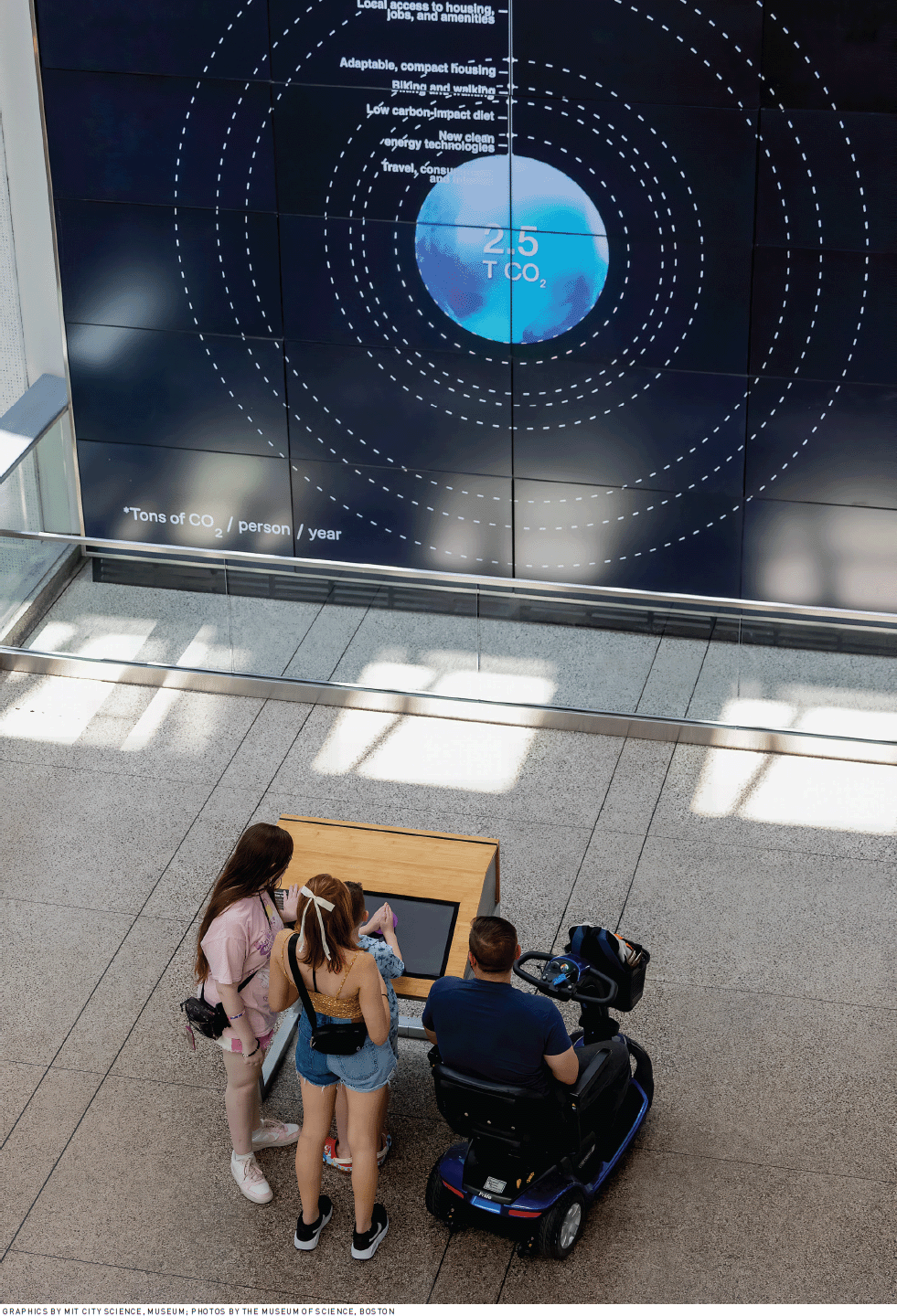 | Visitors interact with the Community Carbon Impact installation during a visit to the Museum of Science, Boston. |
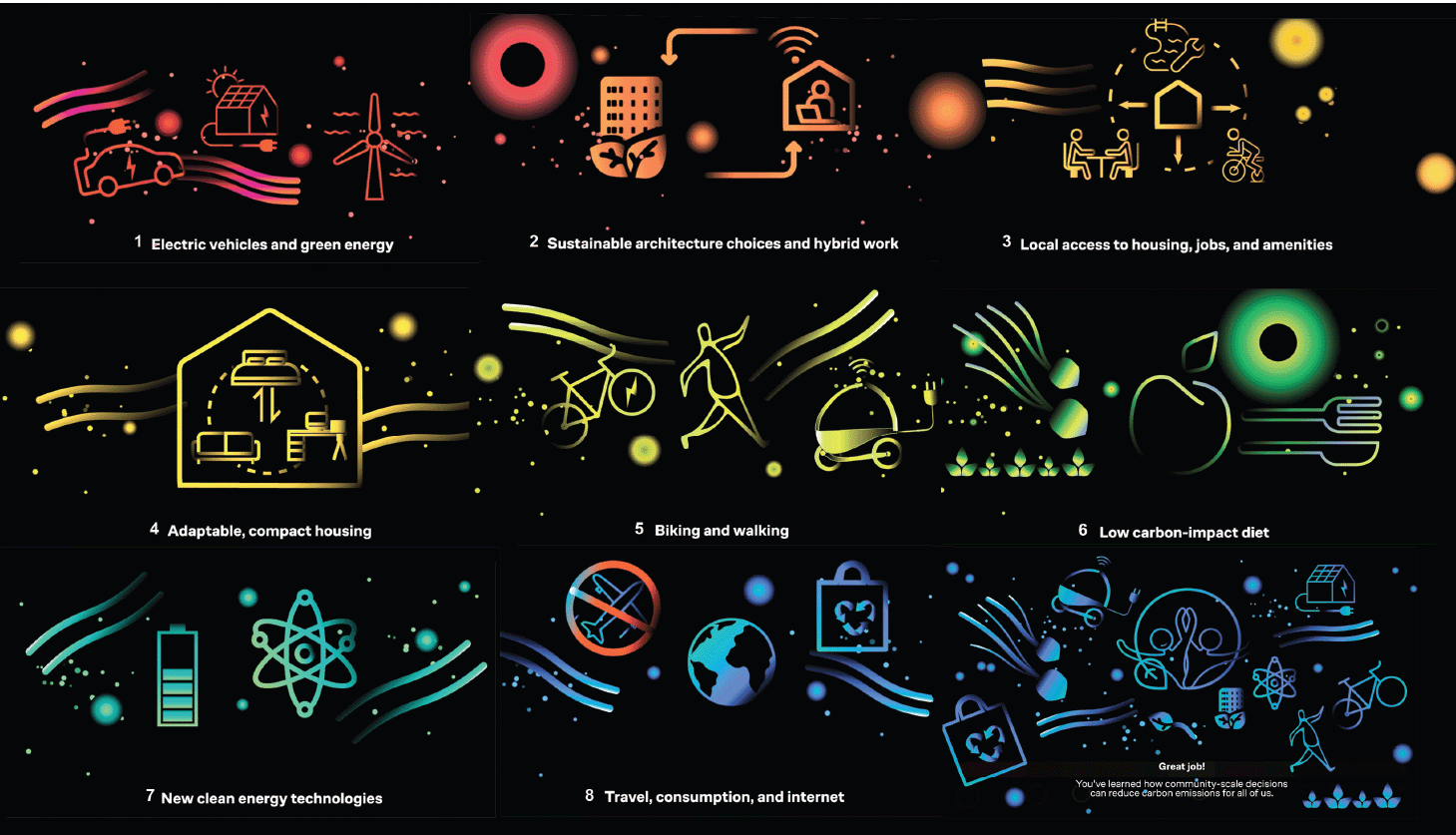 | Example illustrations from the installation, each depicting community interventions that help reduce overall CO2 emissions. |
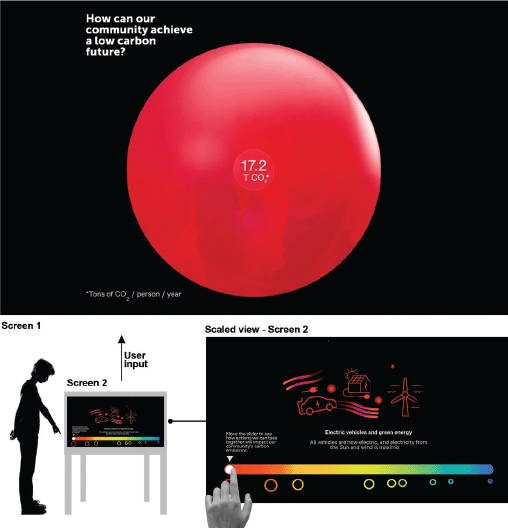 | Diagram showing the spatial relationship between installation screens 1 and 2, with a scaled view of screen 2 highlighting its interactive touchscreen slider. |
The response from museum visitors has been positive. Many groups explored the installation step by step, while others experimented freely with different interventions. Around 60 percent of groups engaged in active discussion during their visit, and about half identified concrete actions they could take in their own communities to reduce emissions. Most visitors left with a clear understanding of the main message, that collective choices matter, and 91 percent rated the experience as satisfying.
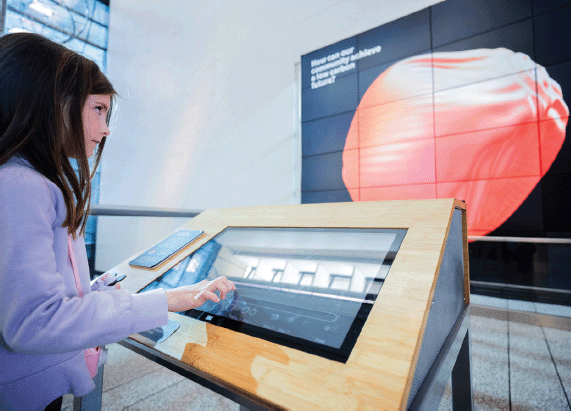 | A girl engages with the Community Carbon Impact installation at the Museum of Science, Boston. |
Most importantly, the exhibit demonstrates that true change comes from collective action. While individual decisions matter, their true impact is seen when a community works together. The installation makes it clear: If a community adopts a combination of sustainable interventions, emissions can be drastically reduced, turning the abstract concept of a carbon footprint into something concrete and actionable for everyone.
This work extends climate modeling research from MIT Media Lab's City Science Group (Hyper-LOCAL Solutions to GLOBAL Challenges), adapted for public engagement with the Museum of Science, Boston.
Leticia Izquierdo is an architect, computational designer, and Ph.D. candidate at the MIT Media Lab's City Science group. Her research connects community engagement to urban design through immersive interfaces that reveal how people actually experience and navigate cities. Before joining MIT, she collaborated with international research initiatives, including UN Women. Her work has been featured internationally, including at the Venice Biennale of Architecture. [email protected]
Gabriela Bìlá is a Brazilian architect, multimedia designer, and Ph.D. candidate at the MIT Media Lab's City Science group. Her research explores how humans adapt to technological impacts on future cities through immersive interfaces. Her work has been presented internationally, including at the Guggenheim Bilbao and Venice Architecture Biennale. [email protected]
Maitane Iruretagoyena is a technical associate at the MIT Media Lab's City Science group. She holds bachelor's degrees in building engineering and technical architecture and a master's degree in sustainable construction and energy efficiency, all from the University of the Basque Country. [email protected]
Kent Larson is an architect, MIT Professor of the Practice, director of City Science at the MIT Media Lab, and codirector of the Norman Foster Institute on Sustainable Cities based in Madrid. His research is focused on urban and architectural design, urban modeling and simulation, transformable micro-housing, living laboratories, ultralight autonomous mobility, and algorithmic dynamic zoning. Larson received 10-Year Impact Awards from Ubicomp in 2017 and 2019. [email protected]
Copyright 2025 held by owners/authors
The Digital Library is published by the Association for Computing Machinery. Copyright © 2025 ACM, Inc.

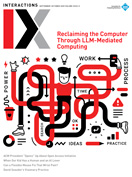
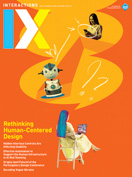




Post Comment
No Comments Found